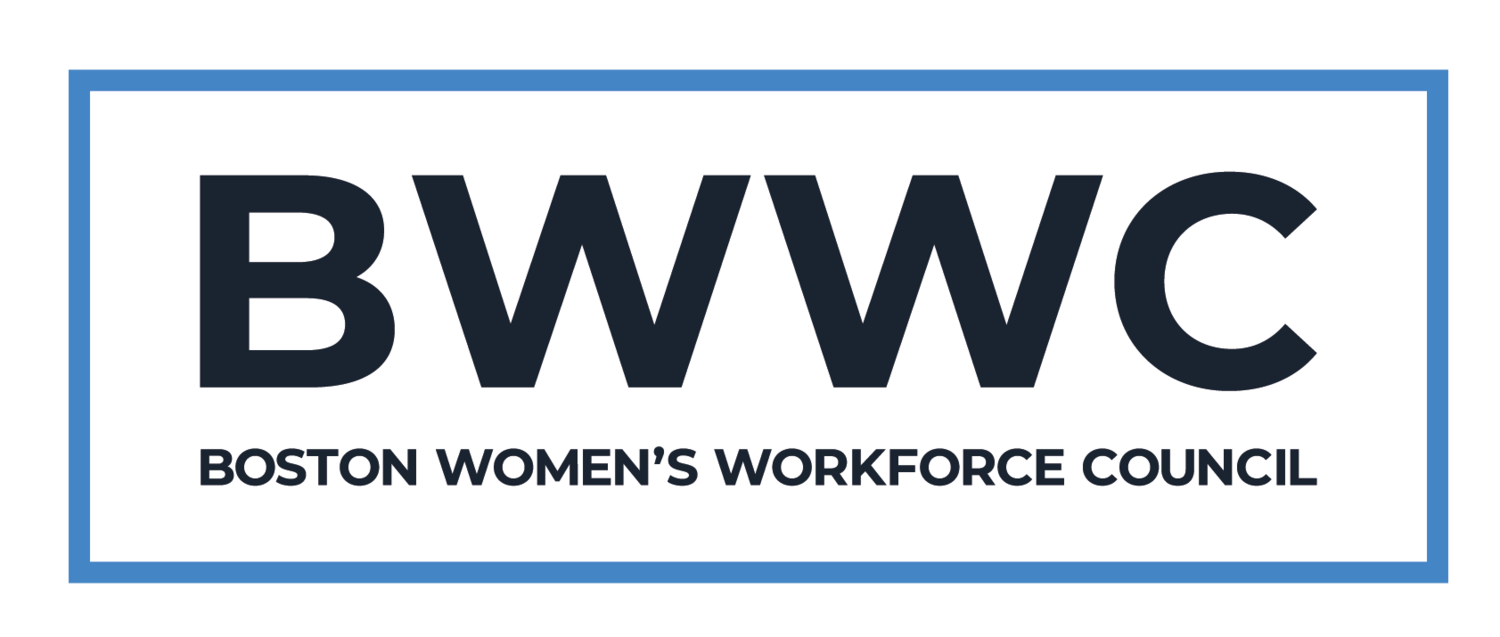Signer Spotlight Series - Howard Stein Hudson
Introducing our Signer Spotlight Series —a series dedicated to showcasing the important work that Compact Signers are doing to address pay equity. We spoke with Keri Pyke, Howard Stein Hudson’s Chief People Officer, as we put a spotlight on their very important work.
Tell us about your organization.
Howard Stein Hudson (HSH) is an engineering firm specializing in transportation, land development, and construction services. Headquartered in Boston, we currently have 82 employees located across three offices. HSH was founded by two female planners who have since retired, so the issues of diversity, equity, and inclusion are part of our DNA. Literally, it’s in the bone marrow of our organization. We are tremendously proud of our diversity - about 38% of our workforce are women and 17% are people of color. These numbers are significantly better than industry averages for engineering firms. And when you look at the overall composition of the population of Massachusetts, we over-index in terms of people of color representation.
Why did you join the talent compact?
We believe in the mission of the BWWC and are aligned with the objectives of the 100% Talent Compact. Most importantly, we feel that being a part of the BWWC sends a message to our staff, our clients, and the public that pay equity is important to us. We are constantly looking at ourselves and seeking ways to improve the overall lives of our workforce - and naturally, wages play a huge role in employees’ well-being.
As part of understanding wage gaps, we have come to recognize the power gaps that exist in both gender and race. Believe it or not, prior to coming to HSH, many employees in our space have never actually worked for or reported to a female boss. That’s something we are always working on - bringing more women and people of color into leadership roles. We currently have 19 owners of the firm and 6 of them are women. And while we do better than most, we would like to see this number grow.
What are the biggest challenges you face in your organization as it relates to gender and racial wage equality?
“Doing our math” helped us understand that while we work hard to overcome pay equity, a real power gap still exists for both females and BIPOC. And while we can do the best we can within the context of our current workforce, the greatest challenge to closing the power gap is in identifying talent - both female and BIPOC - through early education and STEM programs. As such, we are very active in working with industry specific associations that are developing programs that address this very issue.
What programs have you developed to promote that directly or indirectly address closing wage gaps in your organization?
Like every other company, COVID caused us not only to look at greater flexibility with work from home and scheduling, but also take on key initiatives around work/life balance. As an example, we recently revisited and changed our Family and Medical Leave (FMLA) policy providing greater support to parents by covering a paid leave gap in the Commonwealth’s Paid Family and Medical Leave (PFML) policy.
We conducted an employee engagement survey and learned that in many areas, our employees feel that we are delivering a “best in class” workplace. We did learn, however, that both women and our younger employees (3-5 years with HSH) were feeling slightly less engaged, and we are hard at work digging into the issues that may be affecting this sentiment.
We are conducting focus groups with our women using Google Jamboard to foster a confidential conversation that will lead to very specific insights and ultimately action. Over the last year plus, we began scheduling “Coffee Hours” as a way to encourage more discussion between employees and our senior leadership on a variety of socially relevant issues. Our CEO has also been instrumental in fostering a more open environment through his personal outreach, especially among some of the more junior-level employees.
We hope that all this work, combined with consistently “doing our own math,” will ultimately close wage and power gaps and lead to better overall employee satisfaction.

